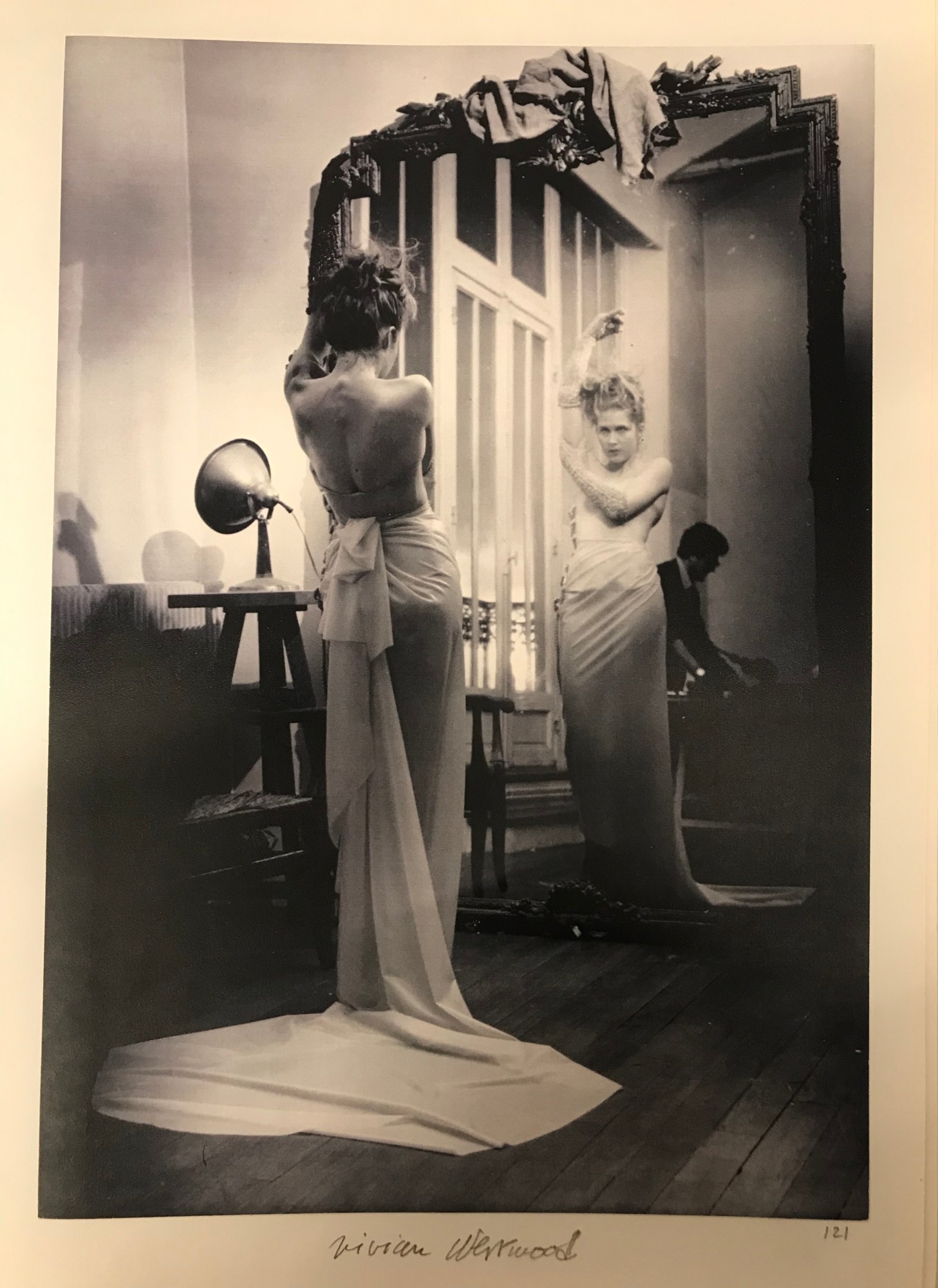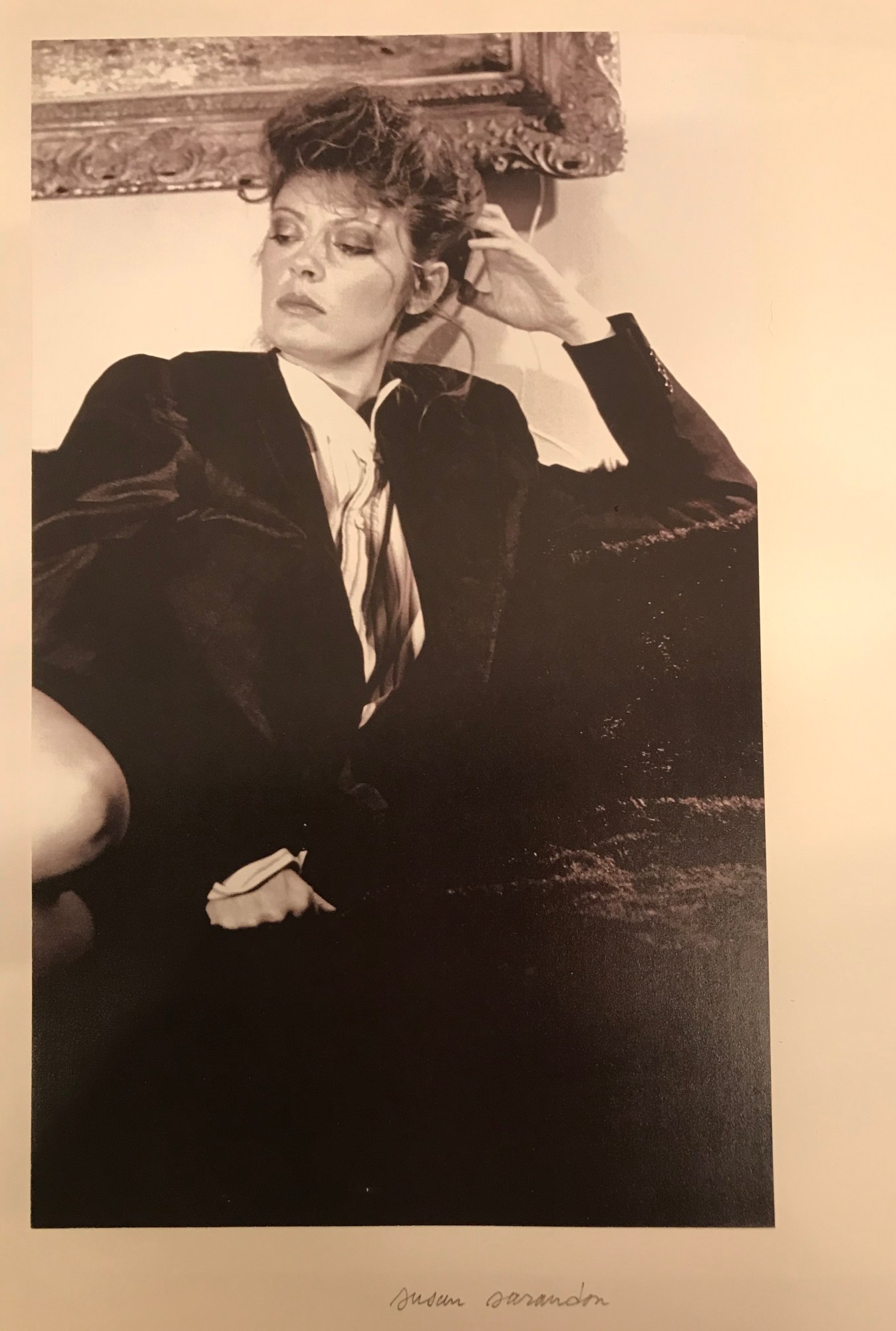The French fashion photographer Guy Le Baube was at the heart of the New York and Paris fashion scenes from the 1970s through the 1990s, and yet, he might the most famous unknown photographer. His rarely-seen photos have been unearthed for “Behind the Scenes,” a solo show by the renowned photographer, which opened this weekend and runs until August 25 at Avant Gallery in New York.
Le Baube is a contemporary of Helmut Newton and Patrick Demarchelier and Anna Wintour’s go-to photographer, long before her Vogue days. Upon arriving in New York in the 1970s, Le Baube shot for Vanity Fair, Harper’s Bazaar, Playboy, Elle, and Marie Claire, photographing fashion luminaries like Yves Saint Laurent, Vivienne Westwood, and Azzedine Alaia, along with icons like Susan Sarandon, the Dalai Lama, and Eva Herzigova.
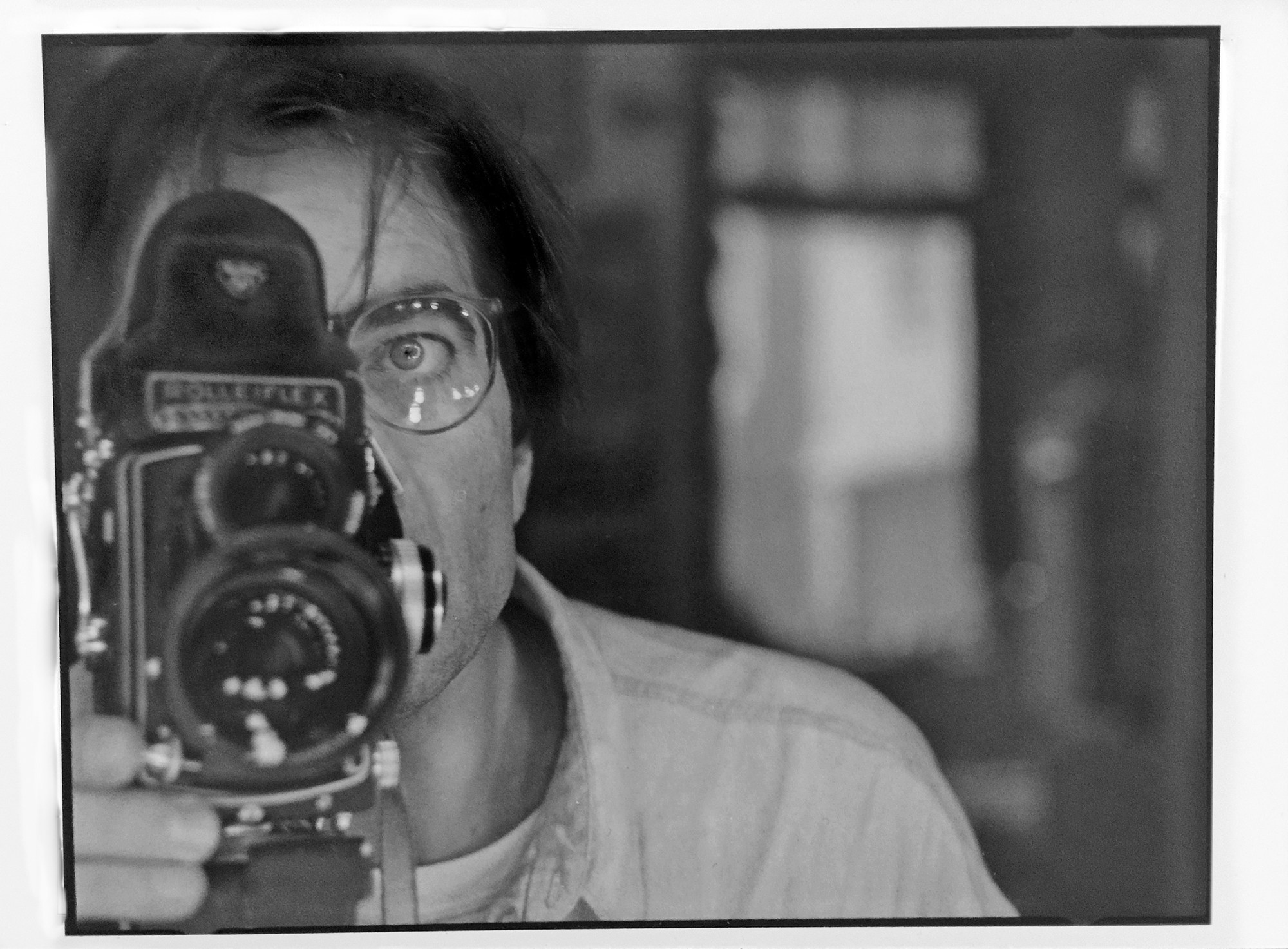
His nudes on view depict Parisian cabaret dancers, among other models, shot in an elegant, erotic light, a romantic French photography style that represents a long-lost era. Le Baube’s chic, minimal compositions have fascinating, hilarious backstories. He spoke to i-D about working with Anna Wintour, cabaret dancers and why he loved Helmut Newton.
What’s your backstory of how you arrived in New York City?
I was born March 3, 1944, so I am 75. I arrived in August of 1971, I took a 40-hour trip from Paris to New York through Reykjavik and Luxembourg, it cost me $100. I left Paris after the sexual revolution of the 60s, I was 26 years old when I moved to New York, before that I was living in the 17th arrondissement of Paris, it was the end of the war. I lived in a loft with a bunch of people on 25th street near the Armory, on Park Avenue. At one of the loft parties, I had courage to walk up to John Lennon, who was with Yoko Ono, and introduce myself. What was he like? He was John Lennon in the 1970s.
How did you get into fashion photography?
It didn’t really exist. There was a lot of unemployment, a lot of “I don’t know what to do with myself,” photography was a passport to work for magazines, for girls, to know people. I went to art school and didn’t know what to do with it. I was 10 years old when I first became a photographer, I’m from an artist family. My father was a painter, Claude Le Baube. I understood photography as a mysterious object. My glory started in 1974, when I started shooting for Marie Claire, American Vogue and Harper’s Bazaar. I shot Henri Cartier-Bresson in the 1990s, Vanity Fair sent me to photograph the Dalai Lama, I followed him for two weeks. I shot Susan Sarandon in the 1990s, same with Eva Herzigova.
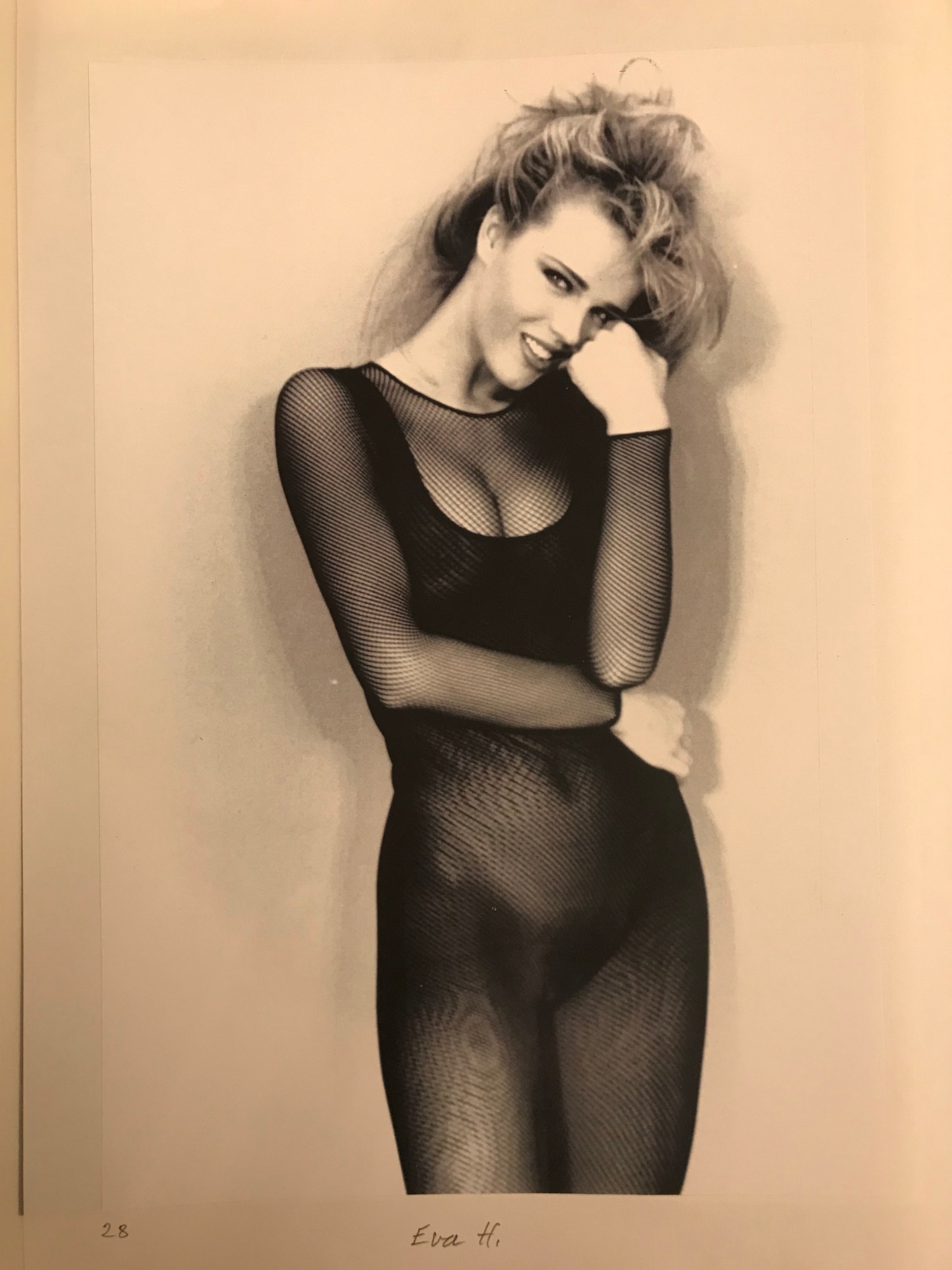
How did you know Anna Wintour?
We were a team and worked together on shoots. She was a stylist, she worked for Viva magazine, then New York magazine. It was long before her Vogue days and The Devil Wears Prada, a lot of people have asked me if Anna was a bitch. I say, no, she was just British.
What is your favorite thing to shoot?
I’m not a specialist of celebrity photos. I haven’t used them for my art. I like to shoot women from behind because everyone can associate with a derriere, not everyone can associate with a face. I never liked portraiture; a face says a lot of things that aren’t true. It doesn’t reflect anything of the present truth.
What was it like shooting Azzedine Alaïa?
He was very much part of the Paris fashion scene, coming from Tunisia. He was a mischievous little dwarf, disappearing through the curtains of his fashion shows after the applause. He would always say: “Let’s have tea and coffee for everyone and pastries! Eee! Ooh!” It was always a party. I shot him in the 1990s. I shot Vivienne Westwood in Paris, too.
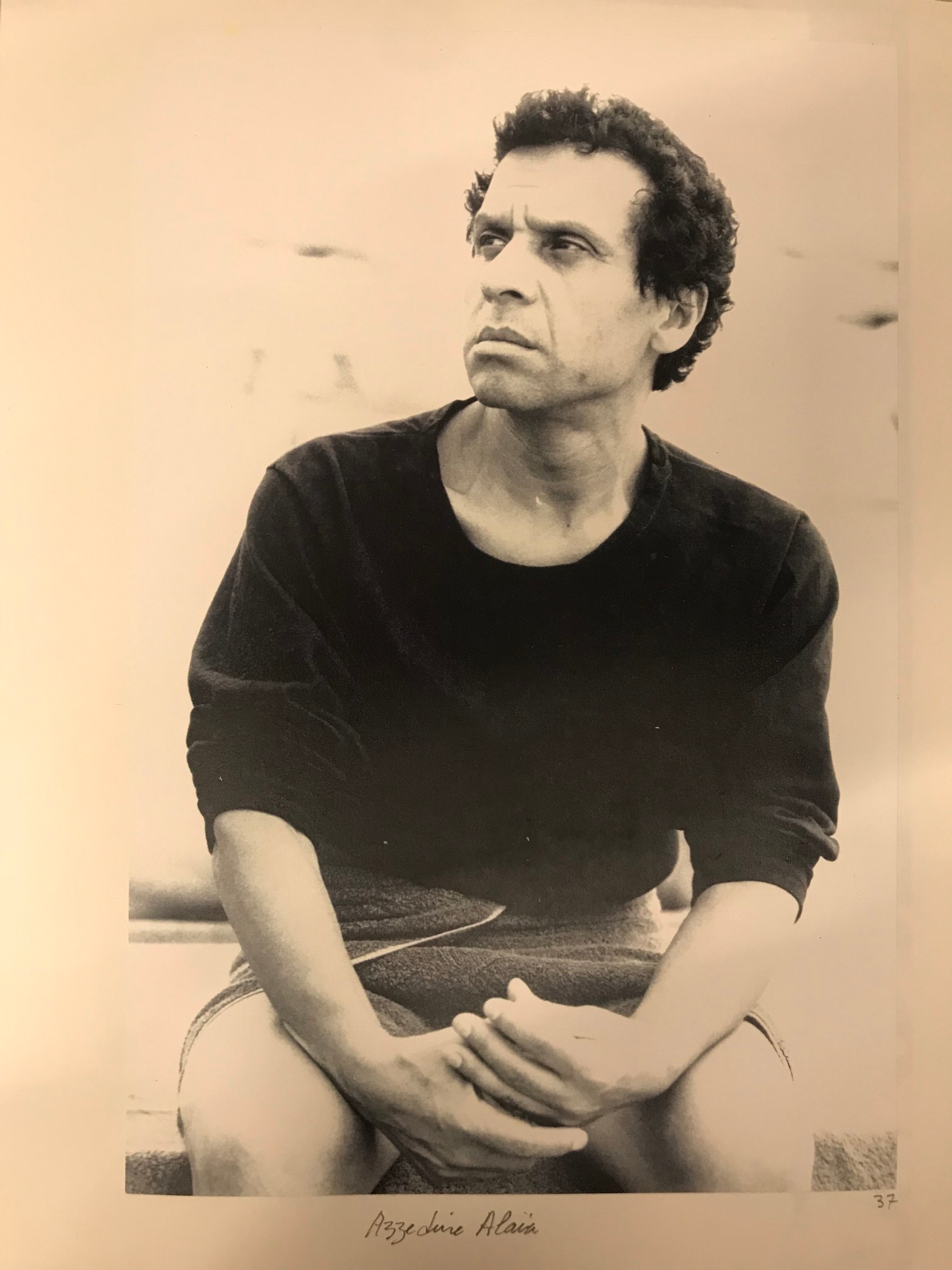
Did you shoot Yves Saint Laurent? Was he fun?
Yes, I did, but was he fun? I don’t know. I knew him as a young photographer. He was already a bit gone. He was afraid of everything, Playboy sent me to shoot him at his 16th arrondissement studio in Paris in 1972. He was afraid of photographers. I shot him with a Nikon in his office and set up all my equipment all over his office, it was a bit of an invasion. It was invasive. I was with an American journalist from Playboy and had to translate the interview from French to English. Yves arrived wearing a suit and bowtie, looking impeccable. He liked to dress like an accountant or a businessman. Grey suits, super normal, nothing too fancy. I took five rolls of film, showing his facial expressions, which changed when he did or didn’t like certain questions
Your personal photos are very different, female nudes. Are you influenced by the surrealists?
I’m influenced by Man Ray. For one nude in this show, I shot a model who was a dancer at the Lido cabaret in Paris. I always ask models to bring props to shoots. She brought fake eyelashes, so I asked her to put them on her stomach.
In another a woman is wearing a tribal mask. Why is that?
She was a pretty model with short hair from Sudan. I had the mask in my studio, so put I it on her for the shoot. It ties into my fantasy of being an ethnographer or behavioralist. In the past, a lot of tribes were still discovered. Nowadays, I’m too old to travel. I traveled all my life.
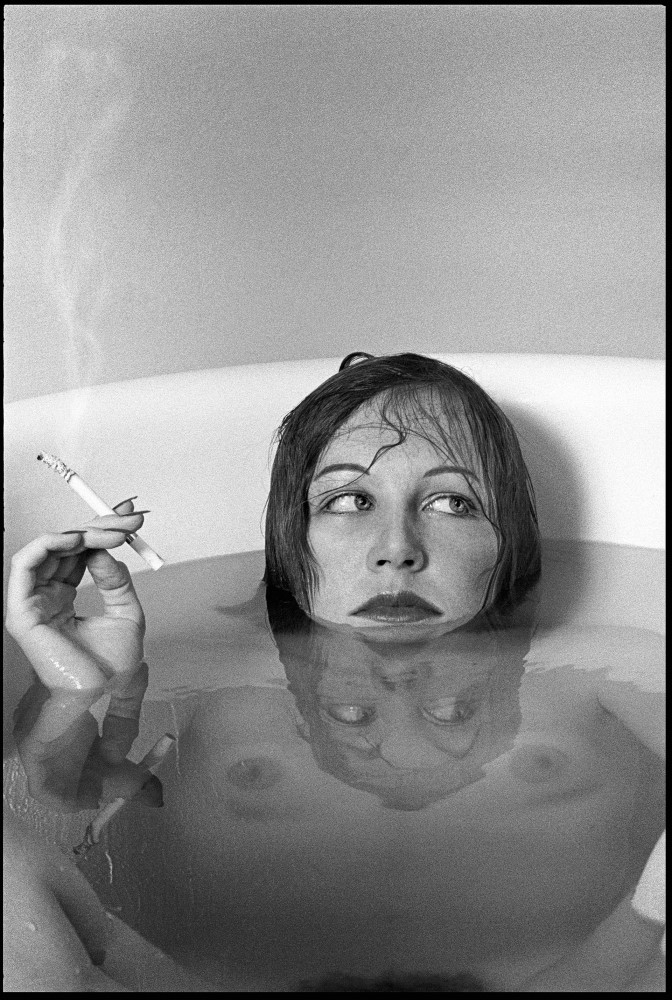
Did you know Helmut Newton? What was he like?
He was an extraordinary photographer. He would always say: “I know I’m the easiest person in the world,” which I knew wasn’t true. We met at many dinners. I loved chatting with his wife, Jane Newton, who was much nicer than him. He had a great influence on me. He would use natural light in a miraculous way in which most photographers were incapable of doing. I was previously a set photographer on movies, so I’ve seen how lighting directors work with flash in a way most fashion photographers don’t. But Helmut could do natural light. As Jean-Luc Godard said, “Photography is truth. The cinema is truth twenty-four times per second.” To me, photography is the truth with a superb lie. It’s the result of it. The moment has passed, it’s a dead moment. It will never exist again.
Why is this exhibition called “Behind the Scenes?”
It’s mostly outtakes of photos that I made shoots of for doing fashion photography; I was on assignment with stylists and models in Brazil, Morocco, Africa, Europe, everywhere. Sometimes, we stayed for 10 days or even three weeks abroad. It’s a long time to be with assistants, models and stylists in a hotel. Having breakfast, lunch and dinner with the same people. The stylist started calling her boyfriend, the models started talking about their cats and dogs, their boyfriends, their periods, I became a psychoanalyst. Three weeks was a long time to spend together, at some point you stop and say: “I don’t want to know.”

